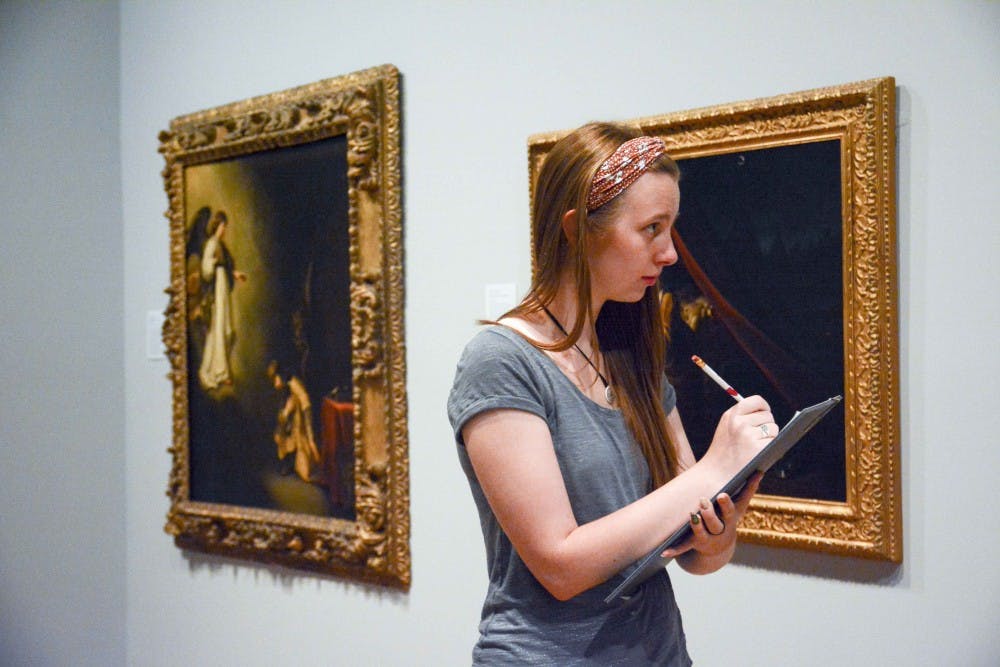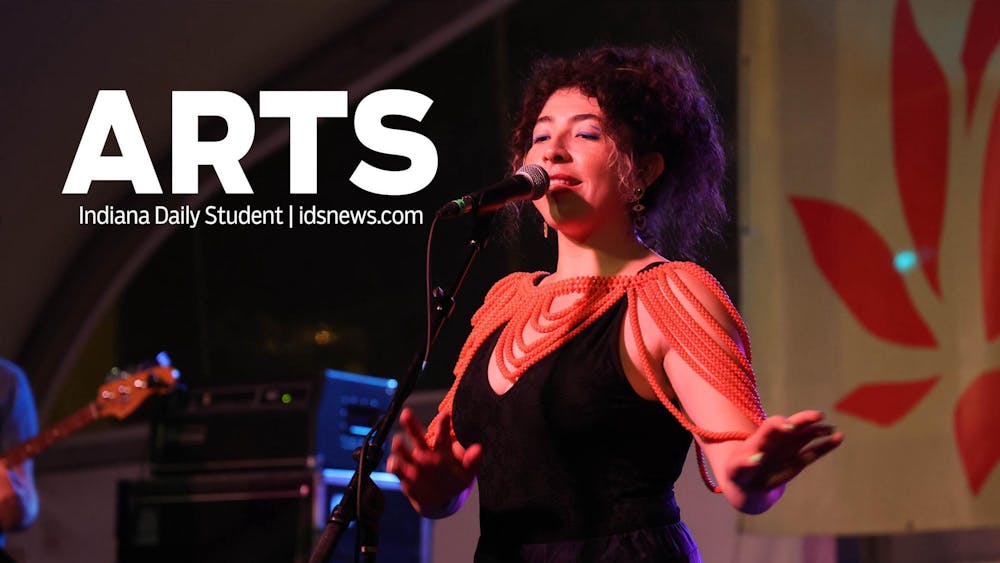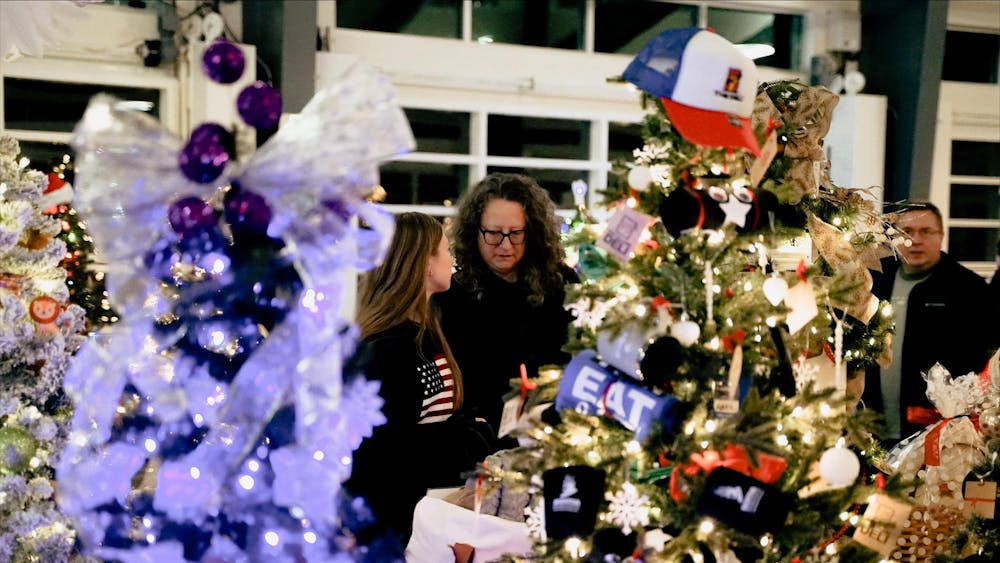Professor Bret Rothstein sat in his office with paintings hanging on the wall, puzzles on the rack and art history books on the table. Rothstein is an associate professor in the Department of Art History and director of undergraduate studies at IU.
He has been in the art history field for more than 20 years and experienced a career expansion from an art historian focused on Northern European paintings to a visual culture expert in puzzles. Rothstein applies art history theories to analyze the visual cues, secrets and culture behind puzzles.
“The art history major gets many of the same skills as those majors in any department of College of Art and Science,” Rothstein said. “In these skills, perhaps, the most important one is the ability to ask questions and analyze problems from cross disciplines.”
He also said art history students learn how to see and describe, as well as understand how vision shapes culture and culture shapes vision.
Maddie Collins, one of Rothstein’s former students and a recent art history graduate, said she applies the ability of analysis, which she acquired through her art history degree, on a daily basis in her personal life as well as in the workplace.
According to the National Association of Colleges and Employers’ job outlook report from 2015, 68 percent of employers look for analytical skills, 73.4 percent seek written communication skills on a candidate’s resume and 70.9 percent of them ask for problem-solving skills.
“Writing all those art history papers for four years pays off,” Collins said. “If one can critically analyze hard and smart with strong arguments followed by sustaining evidences, this ability goes much farther than typing up a 10-page paper.”
Besides practical skills, Andrea Benzachawel said she believes art history brought her a way of thinking about the world. She found the ways humanity has chosen to record itself when she discovered art history.
Benzschawel is a recent IU graduate with a double major in art history and English. In May, she submitted her honor thesis titled, “Pushing the Boundaries: The Illustrated Novel as Transmedium.”
Benzachawel worked on her thesis for more than a year. During her senior year, she would always stay around Lily Library to check out archives and primary material.
“Between art and literature, they are the two ways we consistently communicate with each other, ourselves, our past and our future, so art history is beneficial in better understanding people and the world they live or lived in,” Benzschawel said.
Benezachawel had a dream for her future career.
“Finding a job in the field of art history will allow me to continue to do what I love, so I am definitely willing to at least try my hand at it before I would consider going into another field,” Benzachawel said.
When students ask professor Michele Facos questions about careers, she never limits students to think about traditional careers, including archivist, curators and museum occupations.
“There are lots of options,” Facos said. “Students can go everywhere with their art history degrees including graduate school, non-curatorial museum work, advertising, auction houses, law school, publishing, insurance, appraising, collection management, work in a gallery, advisor, tour guide.”
Art history graduates can apply their art history skills in 24 related fields, according to Charles M. Rosenberg’s Career Alternatives for Art Historians website. It means students can also consider other fields related to art, including conservation, consultant, dealing and writing.
Collins currently works as an art consultant at the Chicago Art Source, a gallery. When she considered career options her senior year, Collins knew she wouldn’t like to work in a museum.
Instead, she sought a career which combined art and business.
“If you love art, and want to be part of the field, it’s not all million-dollar paintings that you learned about from your favorite professor,” Collins said. “It may be a framing business, art consulting, marketing artistic processes. Wherever it is, don’t be afraid to look into it as a career opportunity.”
Beside the general career options, Facos also encouraged students to think of entrepreneurship. Facos was the co-founder and chief designer of MooseBooties. She used her artistic talents to design footwear for infants.
Facos said art history students can combine their specific skills and services to create a new business. For example, students can design an educated art tour in New York targeted toward children traveling with their parents, who go to New York for meetings and have limited time.
Some, including President Obama, have said they don’t see the potential benefit an art history program can bring to students. However, those involved in art history still believe the studies develop students’ abilities in critical analysis and creation in visual culture for future career.






